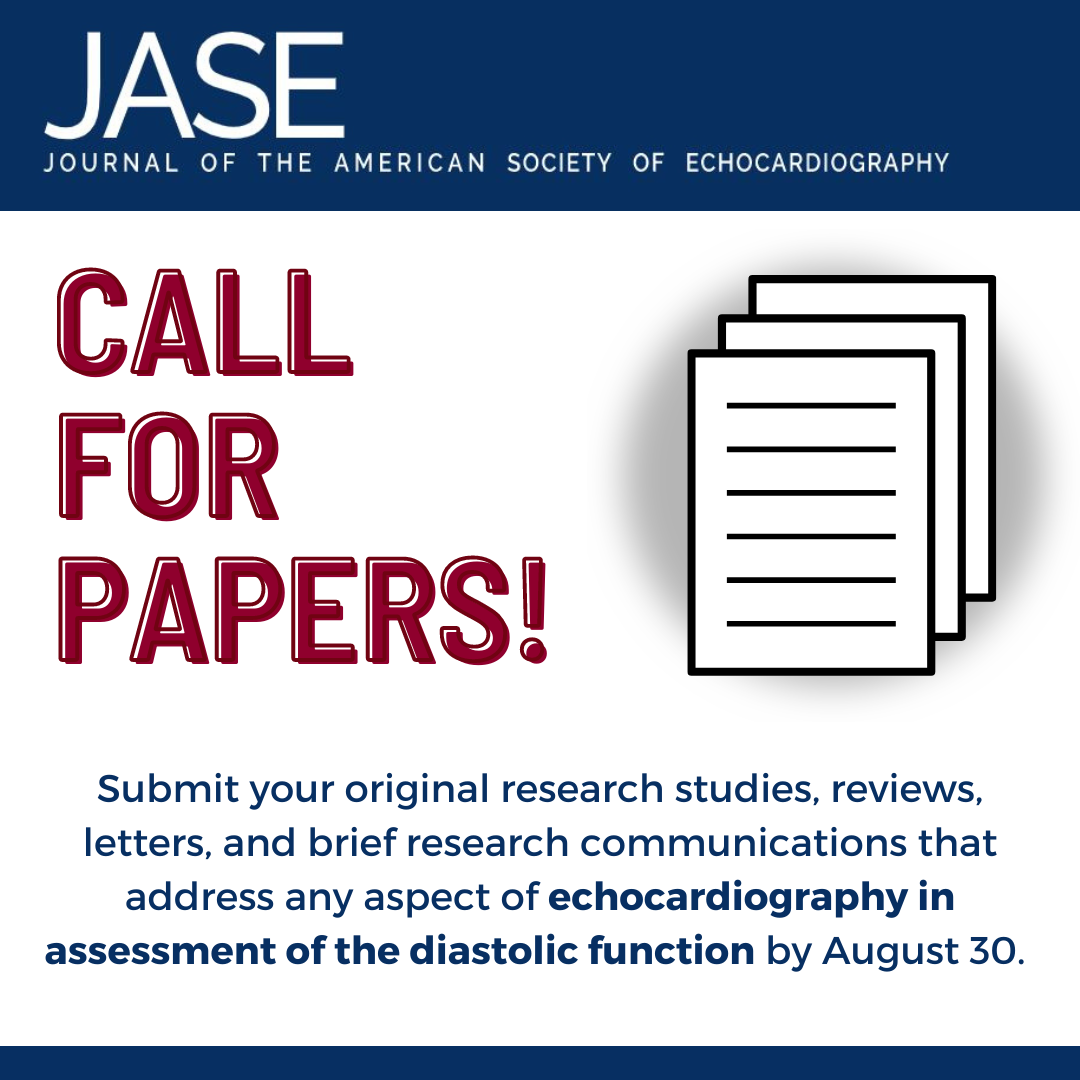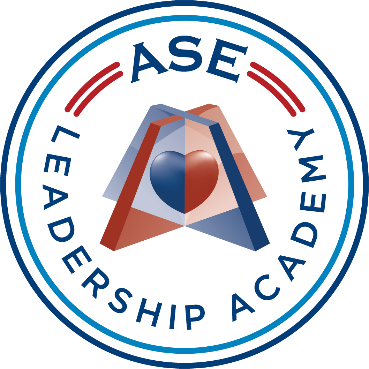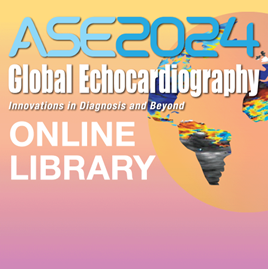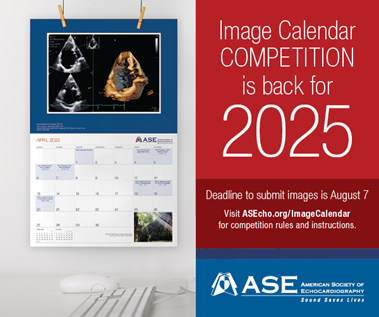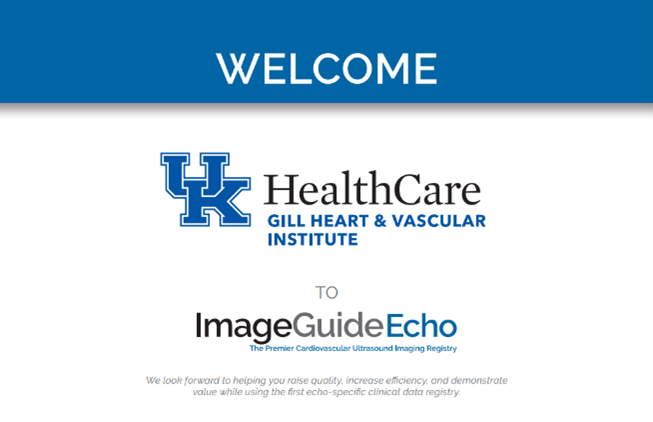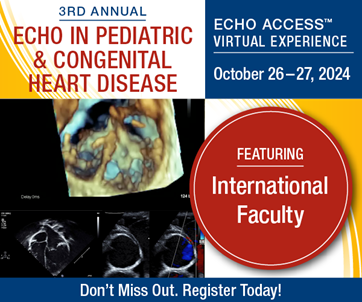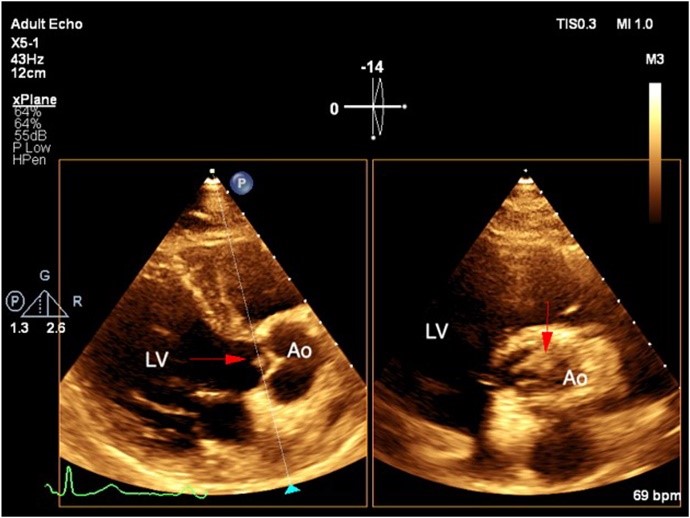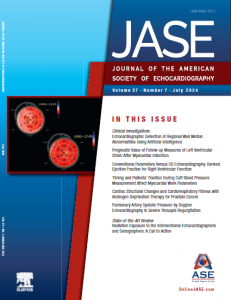Echo magazine is transitioning from a monthly online publication to bi-monthly (every other month), publishing six times each year. ASE’s Executive Committee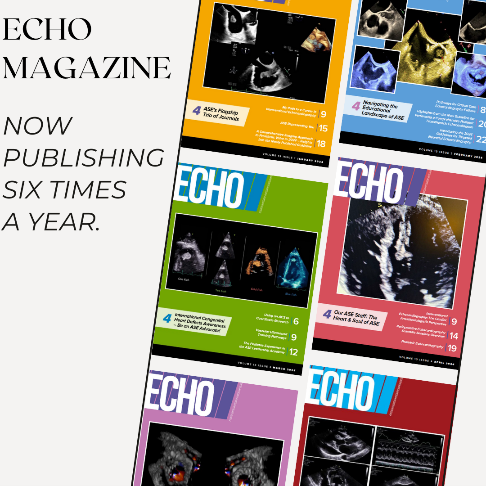 approved this production change recommended by the Publications Committee to begin after the June 2024 issue. The next issue will publish in August instead of July.
approved this production change recommended by the Publications Committee to begin after the June 2024 issue. The next issue will publish in August instead of July.
The magazine is an outlet for all active ASE members to contribute interesting articles or images related to cardiovascular ultrasound that are not research-related, and also includes communications from the ASE President, Councils, and Specialty Interest Groups, as well as ASE Education Calendar.
The next submission deadline for the October 2024 issue is August 15. Review author guidelines, and email questions and potential article topics to Echo@ASEcho.org.

